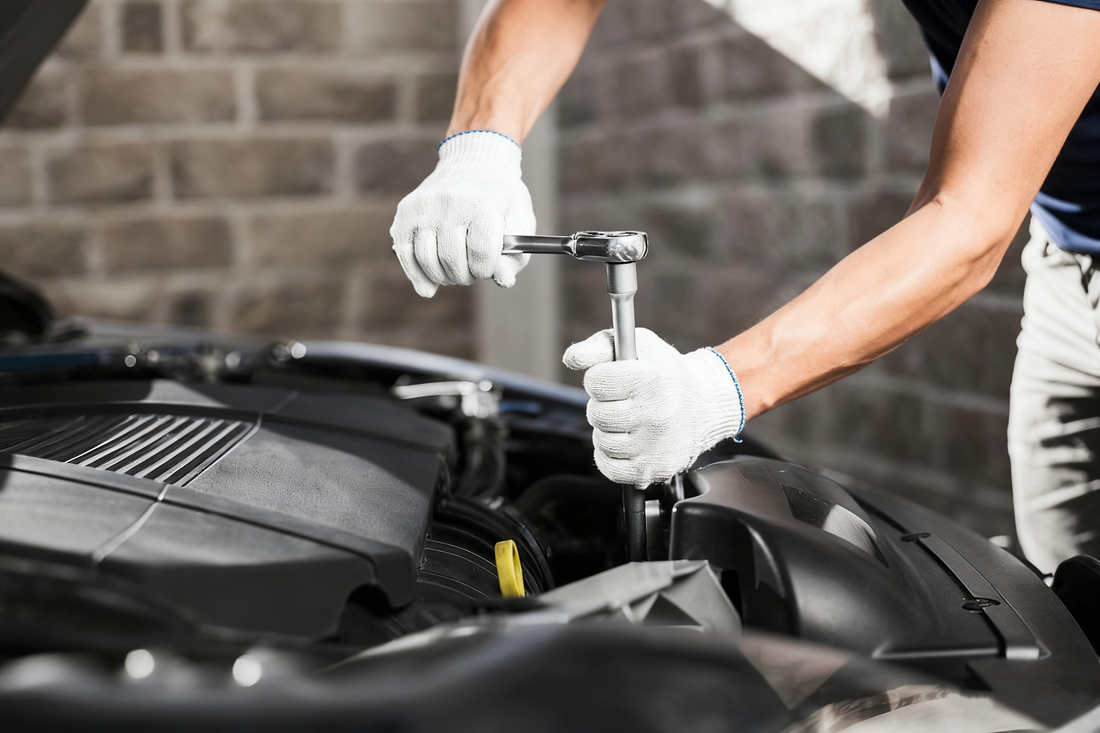
Understanding Torque Values for Different Car Components
Understanding Torque Values for Different Car Components
When it comes to car maintenance and repair, torque values are one of the most commonly overlooked — yet most critical — aspects.
Torque, measured in Newton-meters (N·m) or pound-feet (ft-lb), refers to the rotational force applied to tighten a bolt or nut.
Using the correct torque isn’t just about tightening things “enough” — it’s about ensuring safety, performance, and durability across every part of your vehicle.
Engine Components
Spark Plugs
Spark plugs are responsible for igniting the air-fuel mixture inside the engine’s cylinders.
Torque requirements for spark plugs vary depending on engine size and design. For example:
-
1.6–2.0L engines typically require about 25 N·m.
-
1.8T turbocharged engines may require up to 30 N·m.
Under-torquing can cause plugs to loosen, leading to misfires and reduced performance.
Over-torquing, however, can strip the cylinder head threads, resulting in expensive repairs.
Oil Filter and Drain Plug
The oil filter should generally be tightened to around 25 N·m to ensure a proper seal and prevent leaks.
The oil drain plug, on the other hand, is usually tightened to 30 N·m.
If the drain plug is too loose, oil can leak — risking engine failure due to insufficient lubrication.
If it’s too tight, you can damage the oil pan threads, which may require full replacement.
Engine Mount Bolts
Engine mounts secure the engine to the chassis and absorb vibration.
Typical torque values include:
-
100 N·m for 18-mm bolts connecting the engine to the mount.
-
25 N·m for 13-mm bolts connecting the mount to the body.
Incorrect torque here can lead to excessive vibration, premature mount wear, and even misalignment of engine components.
Transmission Components
Transmission-to-Engine Bolts
These bolts connect the transmission to the engine — a crucial joint for power transfer.
They typically require about 80 N·m of torque.
If under-torqued, you may experience power loss during acceleration, and in extreme cases, complete separation of the transmission from the engine.
Transmission Oil Pan Bolts
Transmission oil pan bolts should be tightened to roughly 40 N·m to maintain a secure seal.
Leaks from under-torqued bolts can cause low fluid levels, leading to overheating or transmission failure.
Chassis and Suspension Components
Wheel Lug Nuts
Wheel lug nuts are among the most critical fasteners on any car.
For most passenger vehicles, the correct torque is about 120 N·m.
-
Under-torquing can cause wheels to loosen while driving — a serious safety hazard.
-
Over-torquing can damage studs or warp brake rotors.
Always tighten lug nuts in a star pattern to evenly distribute pressure.
Suspension Bolts
Suspension components like control arms require precise torque — often with an added angle tightening (torque-to-yield) method:
-
70 N·m + 90° turn for bolts connecting the control arm to the subframe.
-
100 N·m + 90° turn for bolts connecting it to the chassis.
Incorrect torque in suspension systems can cause uneven tire wear, poor handling, or even loss of vehicle control.
Steering Components
Steering components also depend heavily on correct torque:
-
The nut securing the steering wheel to the column: about 50 N·m.
-
Bolts linking the steering linkage to the wheels: around 45 N·m.
Improper torque can make the steering loose or unresponsive, which directly impacts driving safety.
Why Torque Values Matter
Correct torque values ensure each fastener delivers the right clamping force — keeping components securely joined and preventing vibration, fatigue, or damage.
When critical parts like wheels or suspension are improperly torqued, the consequences can be life-threatening.
That’s why every DIY mechanic and professional should:
-
Always consult the vehicle’s service manual for the exact specifications.
-
Use a calibrated torque wrench to apply the proper force.
-
Avoid guessing or “feeling tight enough.”
By paying close attention to torque values, you’ll keep your car running smoothly, safely, and efficiently — for many years to come.
✅ Key Takeaway
Torque isn’t just a number — it’s the science of precision fastening.
Whether you’re replacing spark plugs or tightening wheel nuts, using the correct torque value is what separates professional maintenance from potential disaster.
